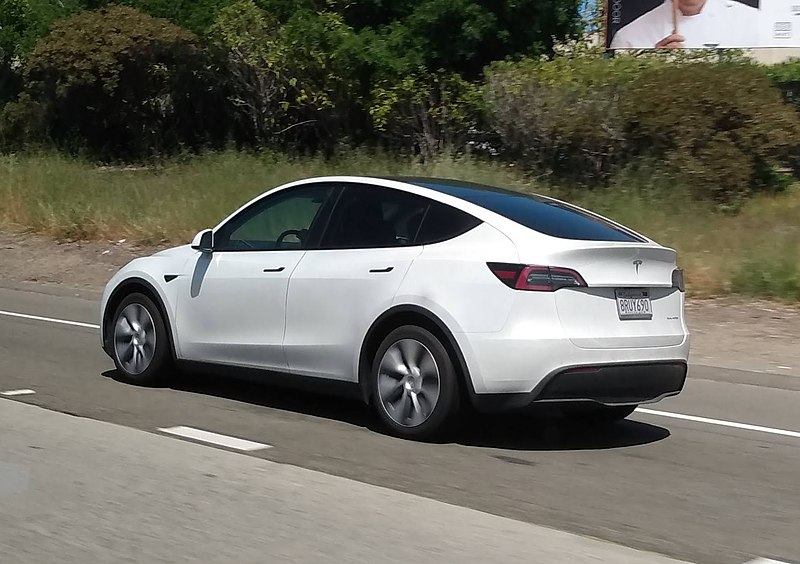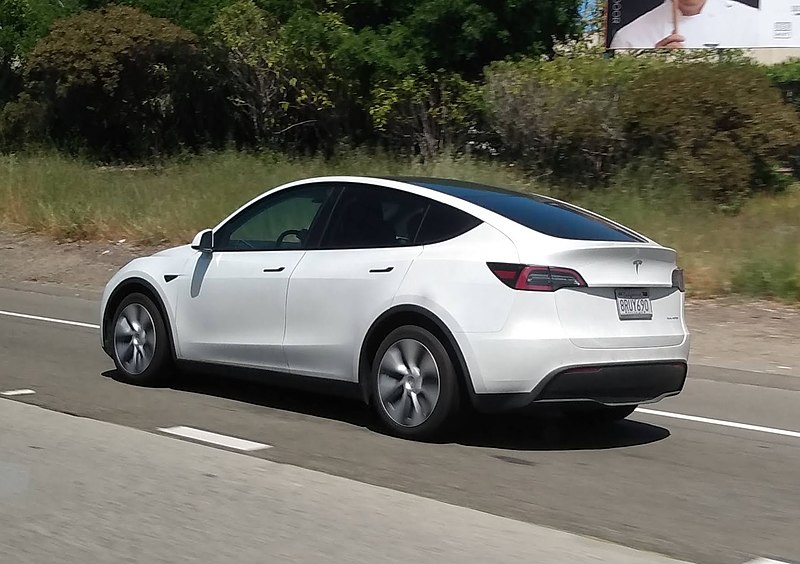Though most of these concerns have turned out to be myths rather than facts, the EV has had a hard time shaking them off. Allow us to have a go.
EV Road SafetyAll cars sold in the US, whether electric or not, are extensively tested before they are deemed road worthy. Only after a car meets all Federal Motor Vehicle Safety Standards, is it allowed out in the streets. Therefore, you can be sure your EV is at least as safe as a similar model gasoline-powered car.
But EV manufacturers haven’t stopped there. Preventing road accidents is in everyone’s interest – car manufacturers, government, the public… It’s no wonder EV makers are pulling out all the stops to make their new cars as safe as possible. From chassis strength to roof strength (ensuring the safety of drivers and passengers), from seatbelt reminders to collision avoidance technology (protecting those inside as well as outside the vehicle), electric cars are a marvel of safety and security.
At the Insurance Institute for Highway Safety (IIHS), a nonprofit organization researching and testing vehicles on a whole host of safety features, they award the safest of vehicles their sought-after golden Top Safety Pick+ Award. In 2022,
eight EVs snatched a Top Safety Pick+ Award. These models are the safest ones on our roads in their category – even safer than their gasoline-powered peers.
EV Battery SafetyIn addition to the Federal Motor Vehicle Safety Standards, an electric car must also meet set standards for battery safety. This means you are protected from the chemicals within as well as any electric shocks. Furthermore, the risk of the battery spontaneously catching fire is minute: it happens in about one in twelve million batteries. Your about four times more likely to be killed by a shark.
Most lithium-ion batteries produced today will manage at least 200k miles before throwing in the towel, depending on the manufacturer. With battery technology improving in leaps and bounds almost by the minute, these numbers are likely to go up quite a bit in the coming years. At the same time, the cost of these (ever better) batteries has dropped by a whopping
97% since they were introduced commercially in 1991.
Pedestrian SafetyElectric cars are indeed much quieter than ICE cars, posing a risk to pedestrians. Without the car-like sounds, all of us, but especially those who are blind or have low vision, have more trouble detecting EVs, their location and direction of travel. A new federal safety standard called the
Minimum Sound Requirement, has therefore been added to the existing Federal Motor Vehicle Safety Standards. All newly manufactured hybrid and electric vehicles now need to have added sounds for low speed and reverse travel. This way, the otherwise silent car is providing a sound alert to those around it sharing the road, reducing the risk of accidents.





